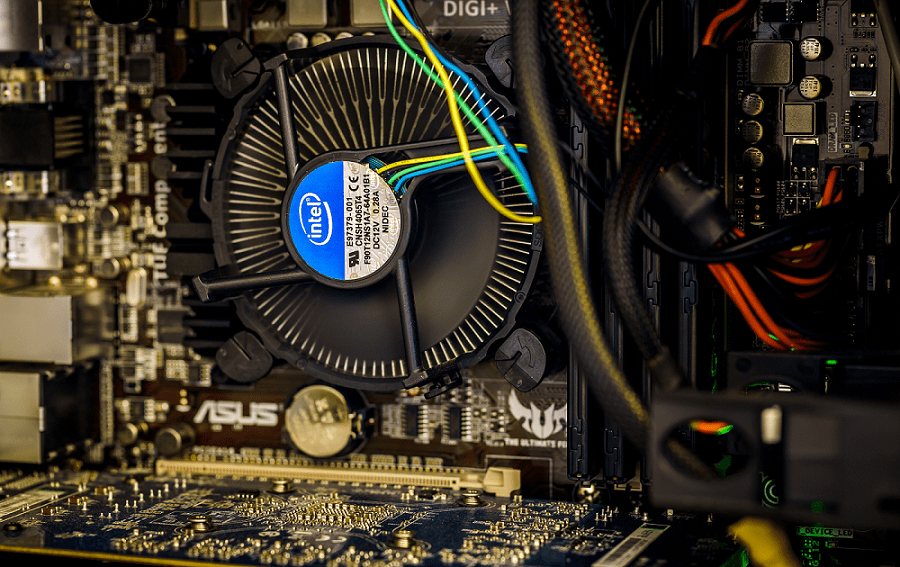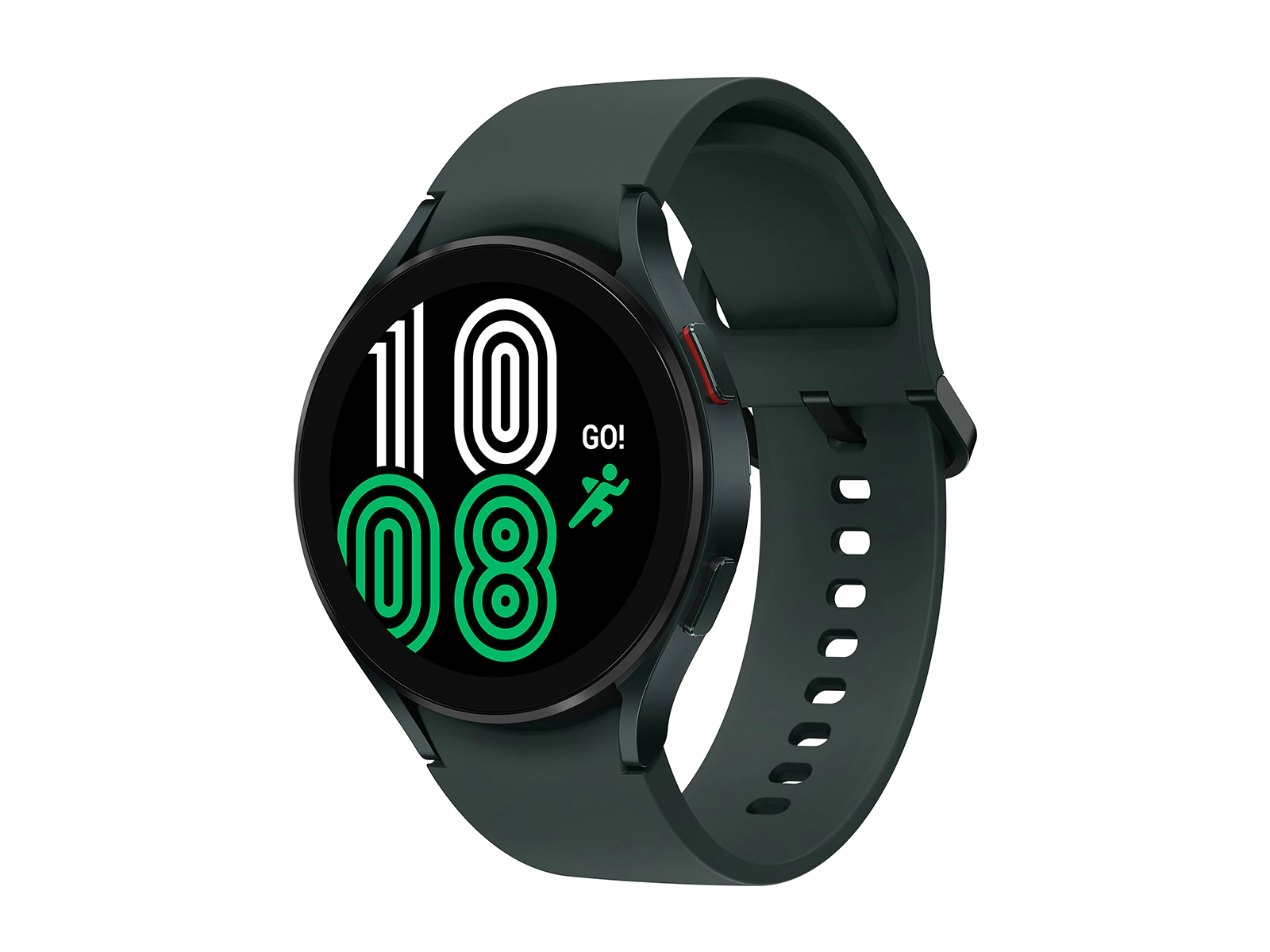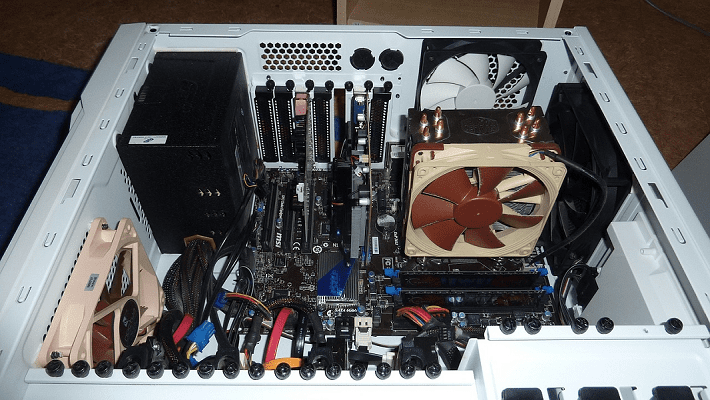If you’re wanting to build your own PC, you need to plan out what parts you need. Working out which components are necessary though can be daunting for a first-time system builder, especially when you know that not all components are compatible with each other, and you don’t need all the ones available either.
Contents
Case and Motherboard
The first thing you have to decide when you’re designing a computer build is what size or form factor case you want. If you want a small form factor that will be easy to tuck away or not take up much desk space, you’ll want to look at mini-ITX cases and motherboards. These are designed to be small and so may not be compatible with some large components such as graphics cards, air coolers, or liquid coolers.
If you’re wanting a bigger computer with more space inside, you should instead look at mid-tower cases or full-towers. These case sizes are designed for standard ATX motherboards and eATX (extended ATX) motherboards respectively. Larger cases do generally also support smaller motherboards.
Tip: Full tower cases are really big and may not be able to fit under some desks very well. Make sure you look up the physical dimensions of the case you’re thinking of buying and check that it will fit where you want to put it. Consider also the placements of vents and fans – you need to have enough space for good ventilation as well!
CPU
The next part you need is a CPU or Central Processing Unit. This is the core of your computer, and there are two important values; the core count and the clock speed. The core count of a CPU is the number of processor cores it has. Each core can only run one task at a time, but multiple cores can run one individual task each at the same time, allowing your computer to run faster – a quad-core processor has four cores, for example.
The clock speed determines how fast each core runs. It’s measured in GHz, pronounced Gigahertz, which means billions of cycles per second. A CPU core at 2.4GHz can perform 2.4 billion cycles per second.
When choosing a CPU, you need to take note of what “socket” and “chipset” it uses. You need to make sure that your motherboard matches both of these. A socket is the size and shape of the physical slot that the CPU fits into on the motherboard.
An example of this: If your chosen motherboard is meant for AMD CPUs, then an Intel one physically won’t fit the socket. Consider this when picking your parts!
If you don’t get a compatible motherboard your CPU will simply not fit. A chipset is a set of components that manage the data flow between the CPU and the other parts of the computer, if you get a motherboard with the wrong chipset, you may either end up with some CPU features not working or with the entire CPU not working.
RAM
Next, your computer needs RAM. Random-Access Memory is used to store data currently in use by the operating system. The absolute minimum amount of RAM required to install Windows 10 is 2GB, but even with 4 or 6GB of RAM, you may run into serious performance issues. It’s recommended that you have at least 8GB of RAM. For gaming or high-powered machines, look for 16GB or 32GB respectively.
Tip: If you want a 16GB RAM machine, buy two identical sticks of 8GB RAM.
RAM comes in sticks called DIMMs, it is generally recommended that you get two sticks of identical RAM, each having half the size of the overall amount of RAM you want. Running two sticks of RAM increases performance over a single stick, as data can be written or read from both at once, allowing for greater throughput.
You shouldn’t use different RAM sticks at the same time as they may not have the same performance as each other. To prevent any stability issues, your computer will limit any faster RAM to the speed of the slower RAM, reducing your overall performance.
Most modern CPUs only support DDR4 RAM, you should check that this is the case for your CPU and ensure that you don’t get DDR3 RAM instead as it will not fit into a DDR4 slot.
Storage
You will need a hard drive to store your data and install your operating system and programs. There are two types available, HDD and SSD. An HDD, or Hard Disk Drive, is a traditional spinning disk that uses magnetic storage. An SSD, or Solid-State Drive, is a more modern storage method that uses flash memory.
Due to the fact that HDDs have moving and spinning parts, they are relatively slow and can be damaged by being bumped or dropped. SSDs however, have no moving parts which makes them faster and more robust.
HDDs can be significantly cheaper than an SSD with comparable storage size because the technology has been around for longer and the flash memory used in SSDs is more expensive to produce.
You can install multiple hard drives in your computer, although you will need at least one with more than 32GB of space to be able to install Windows 10. You may find that installing Windows on a relatively small SSD and using a large HDD for files and other less commonly used apps can give you the best of both worlds. A small fast SSD can let Windows boot up and run quickly, while a large HDD can give you a lot of cheap storage space.
As a baseline, look for a drive with at least 1TB storage – that’s enough for most users’ purposes.
Cooling
Most low and mid-tier CPUs come with a stock heatsink, most high-end CPUs, however, don’t, requiring you to get a third-party cooler. Stock heatsinks are generally functional but are far from high-end. You can achieve lower temperatures with quieter coolers and have more headroom for overclocking if you purchase a high-end CPU cooler.
When buying a cooler, you may need to buy some thermal paste too. Thermal paste is a thermally conductive paste designed to be placed between the CPU and the cooler. It ensures a good connection between the two allowing for optimum heat transfer. Some coolers come with a layer of thermal paste already applied. This is generally not of the best quality and may leave your CPU running hotter than it should be, but it should be enough for mid-tier CPUs at stock speeds.
Tip: You should ensure that your CPU cooler fits the CPU socket that your CPU and motherboard use. The cooler will list the sockets it supports on its product page – this is once again brand-dependent. If you get a cooler that doesn’t support your socket type you may end up with a number of issues. For example, you can have a base that is too small and doesn’t cover the whole CPU. You can also have a base that is too large and interferes with the components around the CPU.
GPU
Most low- and mid-tier CPUs include an “integrated graphics processor”. These are more than powerful enough for standard usage such as web browsing and can even support multiple 4k monitors. High-end CPUs, however, often don’t include the integrated graphics processor as high-end computers tend to include a discrete graphics card.
A discrete graphics card is a piece of hardware designed specifically for graphical processing. They are primarily aimed at gamers as they provide better quality graphics at higher frame rates than an integrated graphics chip can. You need to ensure that your PC has at least one or the other, although both are also perfectly fine.
Tip: If you have both integrated and discrete graphics, you should make sure you plug your monitor into your dedicated graphics card rather than directly to the motherboard for the best performance. If you don’t, it may accidentally ignore even the most powerful graphics card in favour of the built-in chip!
PSU
A PSU or Power Supply Unit is required to transform the power from the wall into the power that the computer and all of its components need. When choosing a power supply, you need to be aware of the power requirements of all of your components. If you get a 500W power supply but your computer requires 600W, it will not run. If you don’t know what power requirements your components have, try using an online PSU calculator like this one. A 750W power supply should be more than adequate for most high-end computers.
PSUs come with efficiency ratings that show how efficient they are at transforming the power they draw from the wall socket to the power they deliver to your computer. A cheap and less efficient PSU will waste more power as heat and may not provide a stable power supply to your PC which can damage components. It’s recommended that you purchase a PSU with at least an 80 Plus Bronze rating, which guarantees at least an 82% efficiency.
The standard PSU efficiency ratings in order from least to most efficient are; 80 Plus, 80 Plus Bronze, 80 Plus Silver, 80 Plus Gold, 80 Plus Platinum, and 80 Plus Titanium. These ratings cover a range of at least 80% efficiency to at least 90% efficiency.
Tip: If you use an online calculator and determine, say, a usage of 480W, do NOT buy a 500W power supply – in addition to it not always running at 100%, your power supply will degrade over time. To be on the safe side, always go up by at least 50 or so W. In other words, you’ll want a 550W for this theoretical build.
Peripherals and Operating System
Once you’ve got the main components of your PC you’ll also need to think about peripherals. If you already have a set of peripherals you can likely reuse them. This is great if you have peripherals you like from a previous computer, as you can avoid spending money on new devices.
Tip: Some peripherals you may need are a keyboard, mouse, and monitor. You may also want to have a set of speakers or headphones, so you have some sort of sound output.
One final thing you need for your computer is an operating system such as Windows 10 or Linux Mint.
Optional parts: Wi-Fi Card, Sound Card, RGB Lighting, Disk Drives
The parts above are what you need for your computer – these are additional ones you may want. They are not needed for a computer to work, but you may find them convenient.
Without a Wi-FI card, for example, your computer is reliant on an ethernet connection for Internet usage. Many users also like decorating their computers with RGB lighting – this serves no purpose other than decoration. Check that your motherboard supports this before you buy additional RGB lighting decorations.
Some of your components like the RAM may come with RGB, you don’t have to worry about compatibility as they work exactly like their non-RGB counterparts. Additional RGB elements include things like lighting strips, for example, and they usually plug directly into the motherboard. Not every motherboard supports them though!



